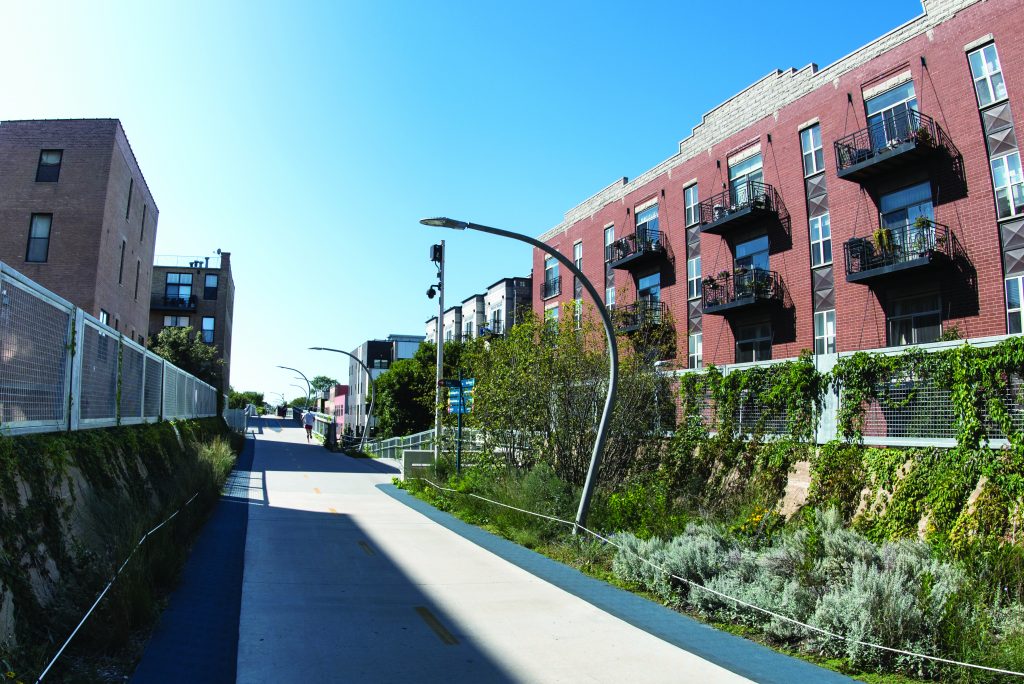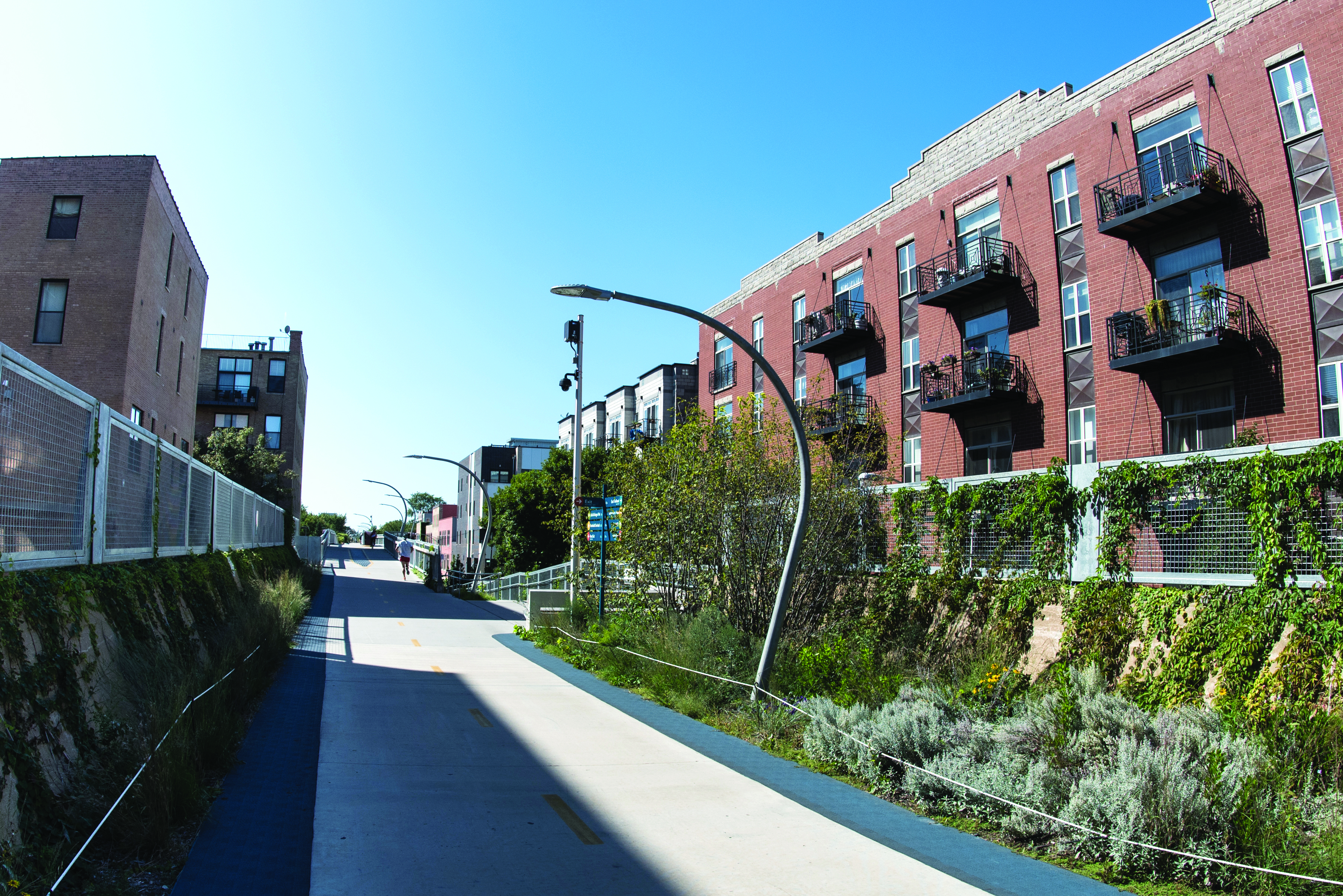Minimum Wage Hikes = Automation = Fewer Jobs? Not So, Study Says

Opponents of minimum wage hikes often argue that the move will only cause employers to reduce headcounts in various ways, including through automation.
To find out if this assertion is true, DePaul Assistant Professor of Economics Brian Phelan teamed up with Daniel Aaronson, director of microeconomic research at the Federal Reserve Bank of Chicago, to examine the effects of past state-based minimum wage hikes. Their forthcoming Economic Journal study yielded some unexpected results.
“Minimum wage hikes in the early 2000s did cause employment declines in occupations that involved routine tasks susceptible to automation,” Phelan explains. “Somewhat surprising to us, however, was that states that increased their minimum wages tended to experience employment growth in other types of low-wage employment that largely offset the losses in routinized employment during the first two years after the minimum wage hike.” For example, a grocery chain may cut cashier jobs after introducing self-checkout kiosks, but create new customer service positions to help shoppers navigate the system.
“Thus, while our results suggest that higher minimum wages are expediting the automation of low-wage jobs,” Phelan says, “we found that the costs of this automation on individual low-wage workers do not appear to be particularly large in the short run due to the concurrent growth in other types of low-wage employment.”
The 606 Trail Raises Home Prices and Affordability Concerns

Homebuyers are paying more green to be near the greenery of the new Bloomingdale Trail, also known as The 606, on Chicago’s Northwest Side, according to research by the Institute for Housing Studies at DePaul.
Home prices have risen dramatically around the linear park the City of Chicago opened nearly two years ago on 2.7 miles of disused elevated railroad tracks that span the Logan Square, Humboldt Park and West Town communities. Prices of single-family homes adjacent to the lower-income western half of the park jumped 48.2 percent since the project broke ground and another 9.4 percent after the trail opened. Home prices also went up in the areas adjacent to the higher-income eastern half of the park, but more modestly—13.8 percent since construction started and 4.3 percent after completion.
Rails-to-trails projects like The 606 are growing in popularity internationally because reclaimed green spaces offer many benefits to urban neighborhoods. However, rapid gentrification around linear parks can price lower-income residents out of the neighborhood, caution the study’s authors, Geoff Smith, Sarah Duda, Jin Man Lee and Michael Thompson.
“The lessons from what happened in the neighborhoods surrounding The 606 can help community members and policymakers identify, prioritize and target a balanced set of policies that will allow cities and neighborhoods to benefit from the success of public investment projects,” the study concludes, “while also preserving housing affordability and limiting the potential displacement of lower-income residents.”
The full report is posted at housingstudies.org.
By Robin Florzak
